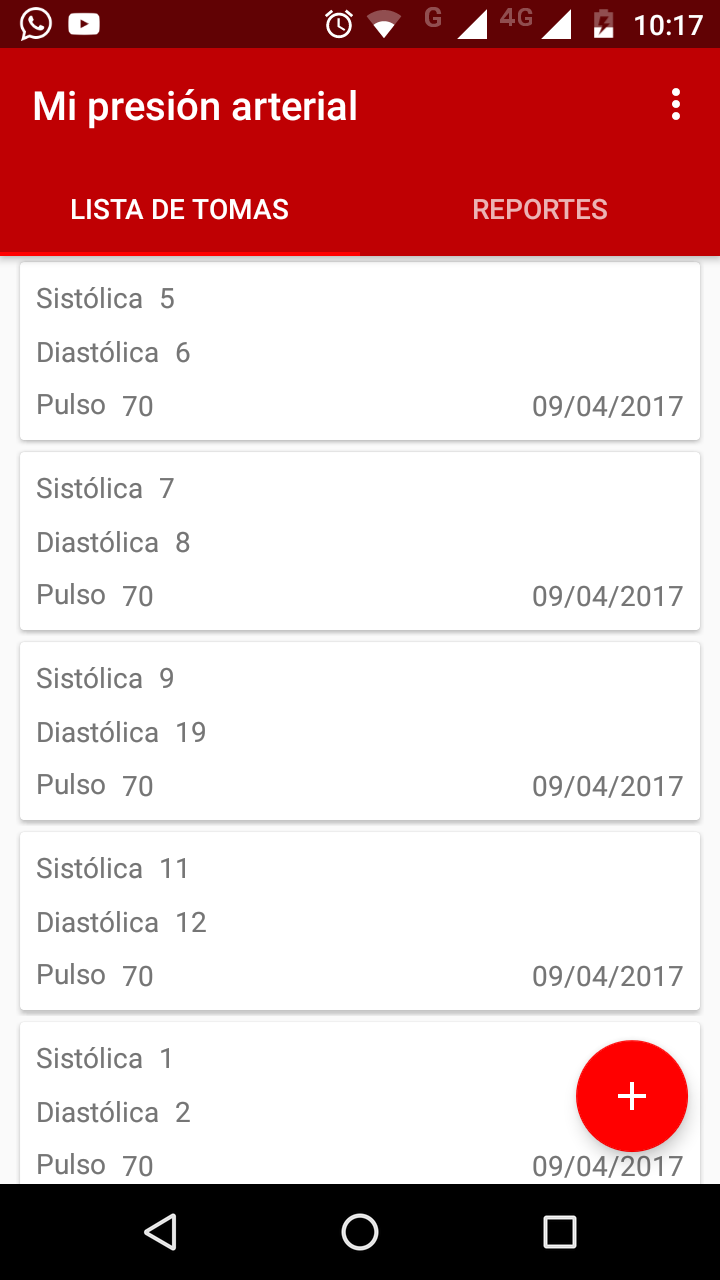Spring中的@RequestBody和@ResponseBody注解
时间:2023-07-26问题描述
有人能解释一下 Spring 3 中的 @RequestBody 和 @ResponseBody 注释吗?它们是干什么用的?任何例子都会很棒.
Can someone explain the @RequestBody and @ResponseBody annotations in Spring 3? What are they for? Any examples would be great.
推荐答案
文档中有一个完整的Section,叫做16.3.3.4 用@RequestBody注解映射请求体.还有一个叫做 16.3.3.5 使用@ResponseBody 注解映射响应体.我建议你查阅这些部分.也相关:@RequestBody javadocs, @ResponseBody javadocs
There is a whole Section in the docs called 16.3.3.4 Mapping the request body with the @RequestBody annotation. And one called 16.3.3.5 Mapping the response body with the @ResponseBody annotation. I suggest you consult those sections. Also relevant: @RequestBody javadocs, @ResponseBody javadocs
用法示例如下:
使用 JQuery 之类的 JavaScript 库,您可以像这样发布 JSON 对象:
Using a JavaScript-library like JQuery, you would post a JSON-Object like this:
{ "firstName" : "Elmer", "lastName" : "Fudd" }
您的控制器方法如下所示:
Your controller method would look like this:
// controller
@ResponseBody @RequestMapping("/description")
public Description getDescription(@RequestBody UserStats stats){
return new Description(stats.getFirstName() + " " + stats.getLastname() + " hates wacky wabbits");
}
// domain / value objects
public class UserStats{
private String firstName;
private String lastName;
// + getters, setters
}
public class Description{
private String description;
// + getters, setters, constructor
}
现在,如果您的类路径中有 Jackson(并且有一个 <mvc:annotation-driven> setup),Spring 会将传入的 JSON 转换为来自 post body 的 UserStats 对象(因为您添加了 @RequestBody 注释)并将返回的对象序列化为 JSON(因为您添加了 @ResponseBody 注释).所以浏览器/客户端会看到这个 JSON 结果:
Now if you have Jackson on your classpath (and have an <mvc:annotation-driven> setup), Spring would convert the incoming JSON to a UserStats object from the post body (because you added the @RequestBody annotation) and it would serialize the returned object to JSON (because you added the @ResponseBody annotation). So the Browser / Client would see this JSON result:
{ "description" : "Elmer Fudd hates wacky wabbits" }
有关完整的工作示例,请参阅我以前的答案:https://stackoverflow.com/a/5908632/342852
See this previous answer of mine for a complete working example: https://stackoverflow.com/a/5908632/342852
注意:RequestBody/ResponseBody 当然不限于 JSON,两者都可以处理多种格式,包括纯文本和 XML,但 JSON 可能是最常用的格式.
Note: RequestBody / ResponseBody is of course not limited to JSON, both can handle multiple formats, including plain text and XML, but JSON is probably the most used format.
从 Spring 4.x 开始,您通常不会在方法级别使用 @ResponseBody,而是在类级别使用 @RestController,效果相同.
Ever since Spring 4.x, you usually won't use @ResponseBody on method level, but rather @RestController on class level, with the same effect.
这里引用官方Spring MVC 文档:
@RestController 是一个 组合注释 本身就是 元注释用 @Controller 和 @ResponseBody 表示一个控制器每个方法都继承了类型级别的 @ResponseBody 注释,并且,因此,直接写入响应正文而不是视图解析并使用 HTML 模板进行渲染.
@RestControlleris a composed annotation that is itself meta-annotated with@Controllerand@ResponseBodyto indicate a controller whose every method inherits the type-level@ResponseBodyannotation and, therefore, writes directly to the response body versus view resolution and rendering with an HTML template.
这篇关于Spring中的@RequestBody和@ResponseBody注解的文章就介绍到这了,希望我们推荐的答案对大家有所帮助,也希望大家多多支持html5模板网!
相关文章
 “Char 不能被取消引用"错误quot;Char cannot be dereferencedquot; error(“Char 不能被取消引用错误)
“Char 不能被取消引用"错误quot;Char cannot be dereferencedquot; error(“Char 不能被取消引用错误) Java Switch 语句 - 是“或"/“和"可能的?Java Switch Statement - Is quot;orquot;/quot;andquot; possible?(Java Switch 语句 - 是“或/“和可能的?)
Java Switch 语句 - 是“或"/“和"可能的?Java Switch Statement - Is quot;orquot;/quot;andquot; possible?(Java Switch 语句 - 是“或/“和可能的?) Java替换字符串特定位置的字符?Java Replace Character At Specific Position Of String?(Java替换字符串特定位置的字符?)
Java替换字符串特定位置的字符?Java Replace Character At Specific Position Of String?(Java替换字符串特定位置的字符?) 具有 int 和 char 操作数的三元表达式的类型是什么What is the type of a ternary expression with int and char operands?(具有 int 和 char 操作数的三元表达式的类型是什么?)
具有 int 和 char 操作数的三元表达式的类型是什么What is the type of a ternary expression with int and char operands?(具有 int 和 char 操作数的三元表达式的类型是什么?) 读取文本文件并存储出现的每个字符Read a text file and store every single character occurrence(读取文本文件并存储出现的每个字符)
读取文本文件并存储出现的每个字符Read a text file and store every single character occurrence(读取文本文件并存储出现的每个字符) 为什么我需要在 byte 和 short 上显式转换 char 原语Why do I need to explicitly cast char primitives on byte and short?(为什么我需要在 byte 和 short 上显式转换 char 原语?)
为什么我需要在 byte 和 short 上显式转换 char 原语Why do I need to explicitly cast char primitives on byte and short?(为什么我需要在 byte 和 short 上显式转换 char 原语?)
 如何使用 SimpleDateFormat.parse() 将 Calendar.toString()How can I Convert Calendar.toString() into date using SimpleDateFormat.parse()?(如何使用 SimpleDateFormat.parse() 将 Calendar.toString() 转换为日期?)
如何使用 SimpleDateFormat.parse() 将 Calendar.toString()How can I Convert Calendar.toString() into date using SimpleDateFormat.parse()?(如何使用 SimpleDateFormat.parse() 将 Calendar.toString() 转换为日期?)